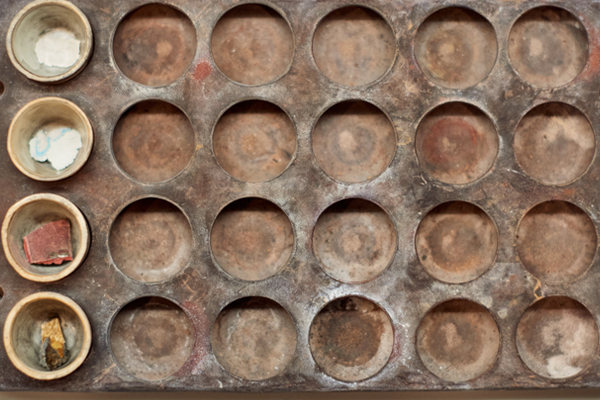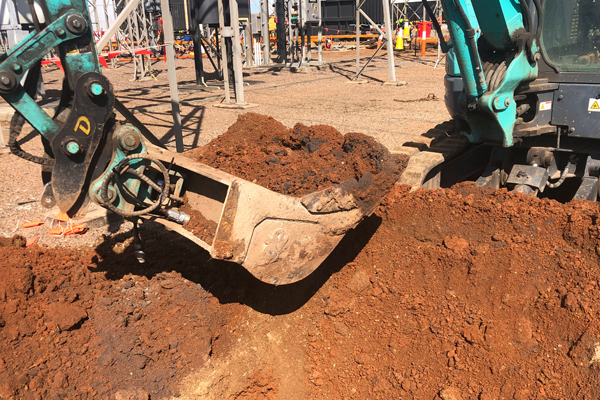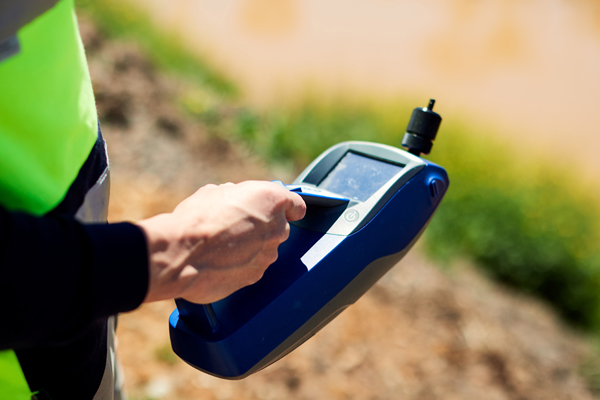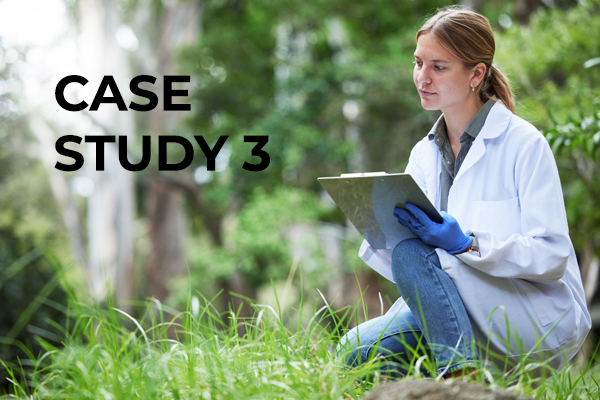Lighting
Good lighting should enable people to easily view their work and their working environment without the need to strain their eyes.
The key factors in lighting are the amount of light in the area, the number, type and position of lights and how long tasks are performed for. Different activities require different amounts of light. Fine drawings or checking of errors will require more light than walking down stairs in a building.
Environmental Health Solutions (EHS) offers comprehensive lighting assessments, addressing both light quantity and quality. Providing practical solutions while enhancing your understanding of your specific lighting needs.
Lighting from natural and/or artificial sources needs to be provided for employees to ensure working conditions that are appropriate to the nature of the work, the location of the work and the times at which the work is performed.
the assessment may include:
- Illuminance measurements using a luxmeter reading at workstations
- Comparison of lux measurements and recommend lux levels for the specific task as per Australian Standards
- Assessment of lighting issues such as shadow, glare, reflections and quality of light
- Recommendations of lighting installation or alteration
- A report on findings and recommendations
Lighting assessments can be required for:
- Areas where there are complaints of sore/tired eyes
- Interiors where there are visual tasks of significant difficulty
- Computer and filing areas
- Quality control areas
- Areas with natural light and reflections
- Educational sites











